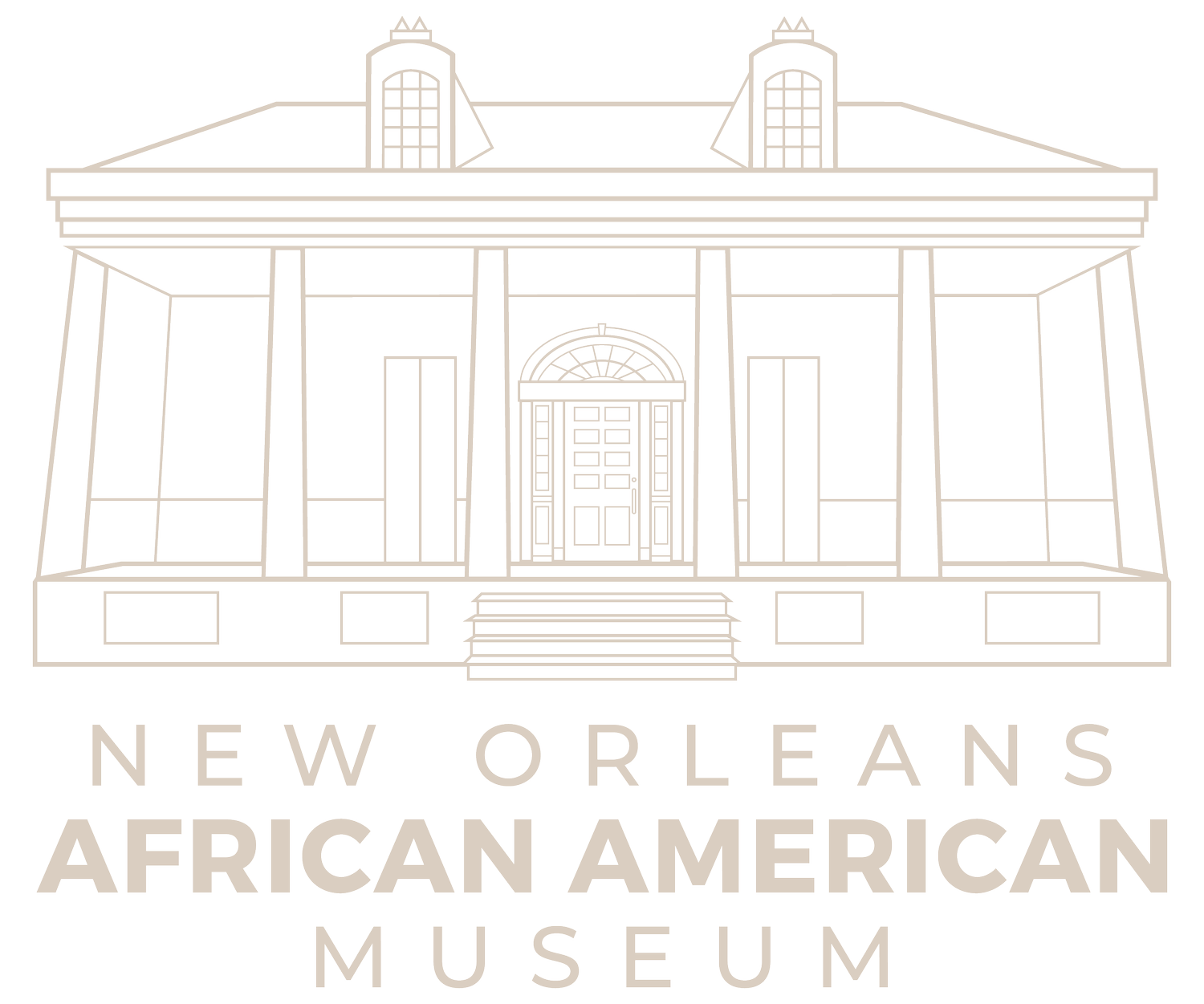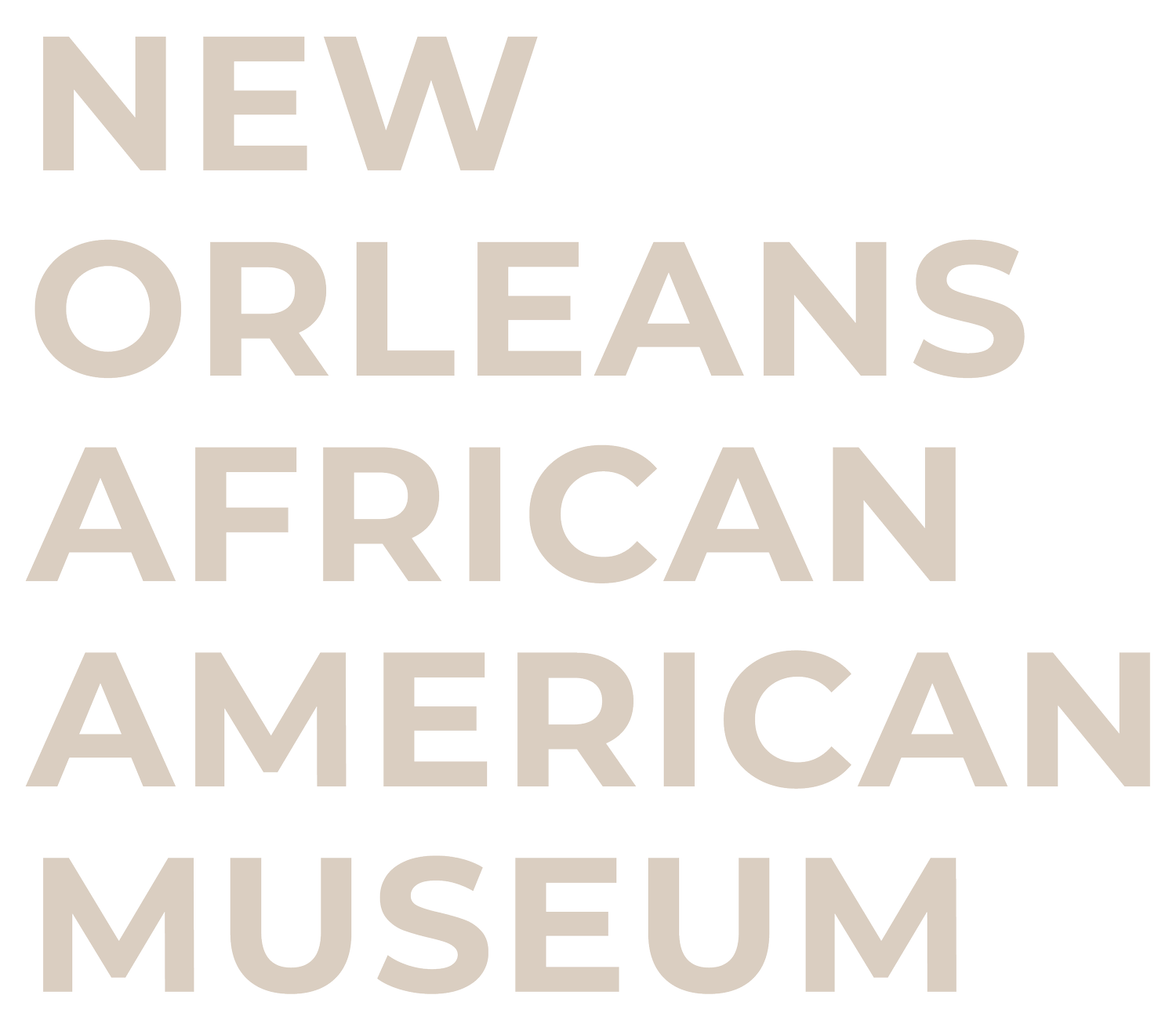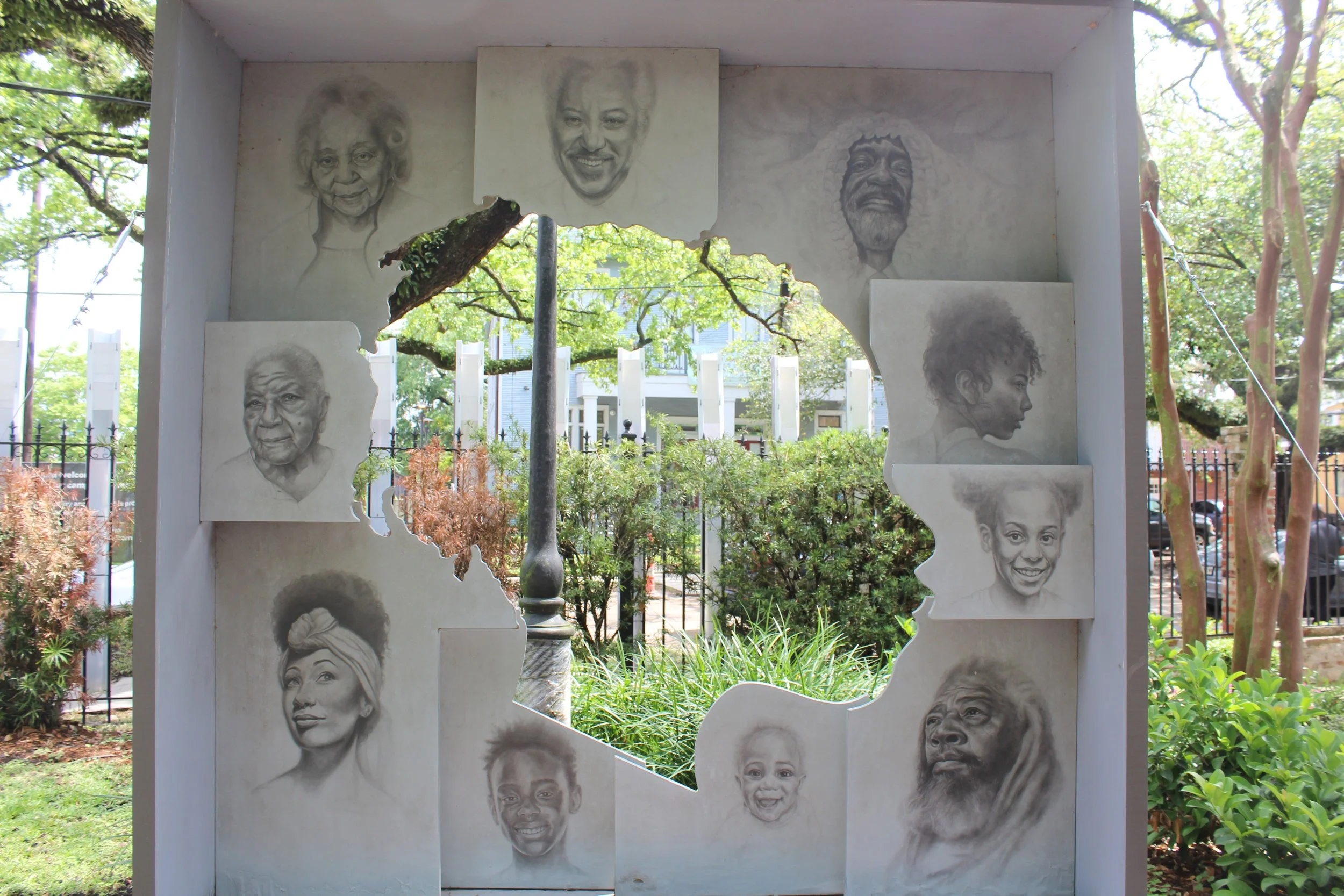Our History
“Sanctuary”
by Paul Stephen Benjamin
The New Orleans African American Museum of Art, History, and Culture was founded in 1996 under the guidance and extensive support of the City of New Orleans Department of Housing and Neighborhood Development.
NOAAM is located in the Tremé section of New Orleans, a neighborhood that was home to the nation’s largest, most prosperous and politically progressive community of black people by the mid-1850s.
In the 18th century, the land was occupied by the Morand Plantation and brickyard, which was later acquired by hat maker and real estate developer Claude Tremé. In 1810, Tremé sold the land to the city of New Orleans, and it became home to many free persons of color. Congo Square was a gathering place for free persons and slaves to gather, play music, and sell goods.
Tremé is unique in its architecture, its streets are a gumbo of double shotgun houses, Creole cottages and townhouses. An excellent example of Creole architecture is the Meilleur-Goldthwaire House, a villa built in 1828 which makes up part of the NOAAM campus. The New Orleans African American Museum is situated near the St. Augustine Church, one of the oldest African-American Catholic parishes in the nation, and two other museums that center black culture and contribution: the Backstreet Cultural Museum and Tremé’s Petit Jazz Museum.
Currently the museum is operating out of the administrative building located at 1417 Governor Nicholls St, as we work to fundraise and reopen our entire historic campus.
“Together” by Brendon Palmer-Angell
Our Mission
The mission of the New Orleans African American Museum is to preserve the history and elevate the art, culture, and contributions of African Americans in New Orleans and the African Diaspora.
Photographed by C-Freedom
Our Vision
NOAAM is a nexus for inspiration, learning and connection, serving our neighborhood, our city and visitors from around the world with immersive exhibitions and public programs that weave together historical analyses and contemporary reflections about how the peoples of the African Diaspora contributed to and continue to shape the culture of New Orleans and America.




